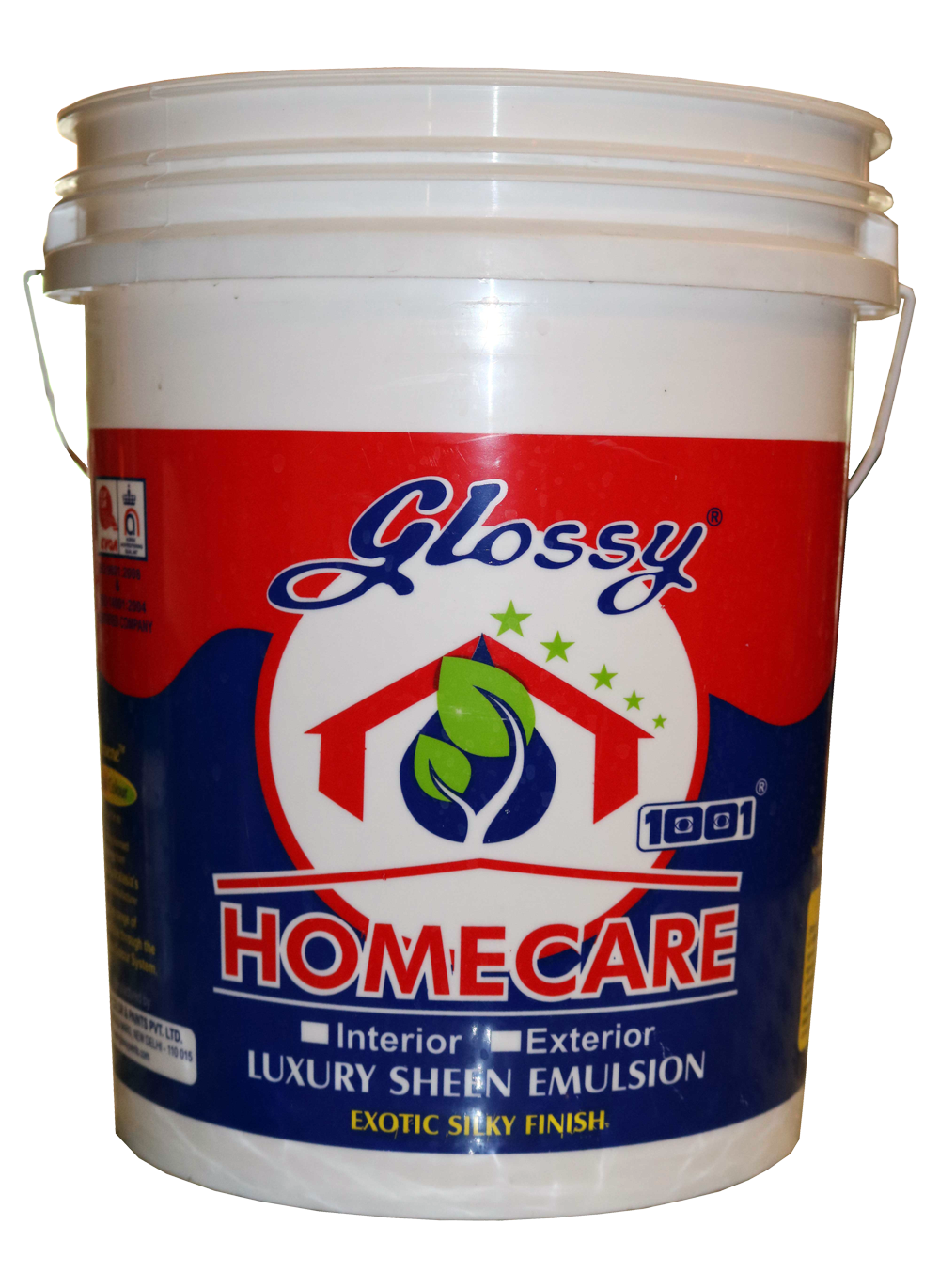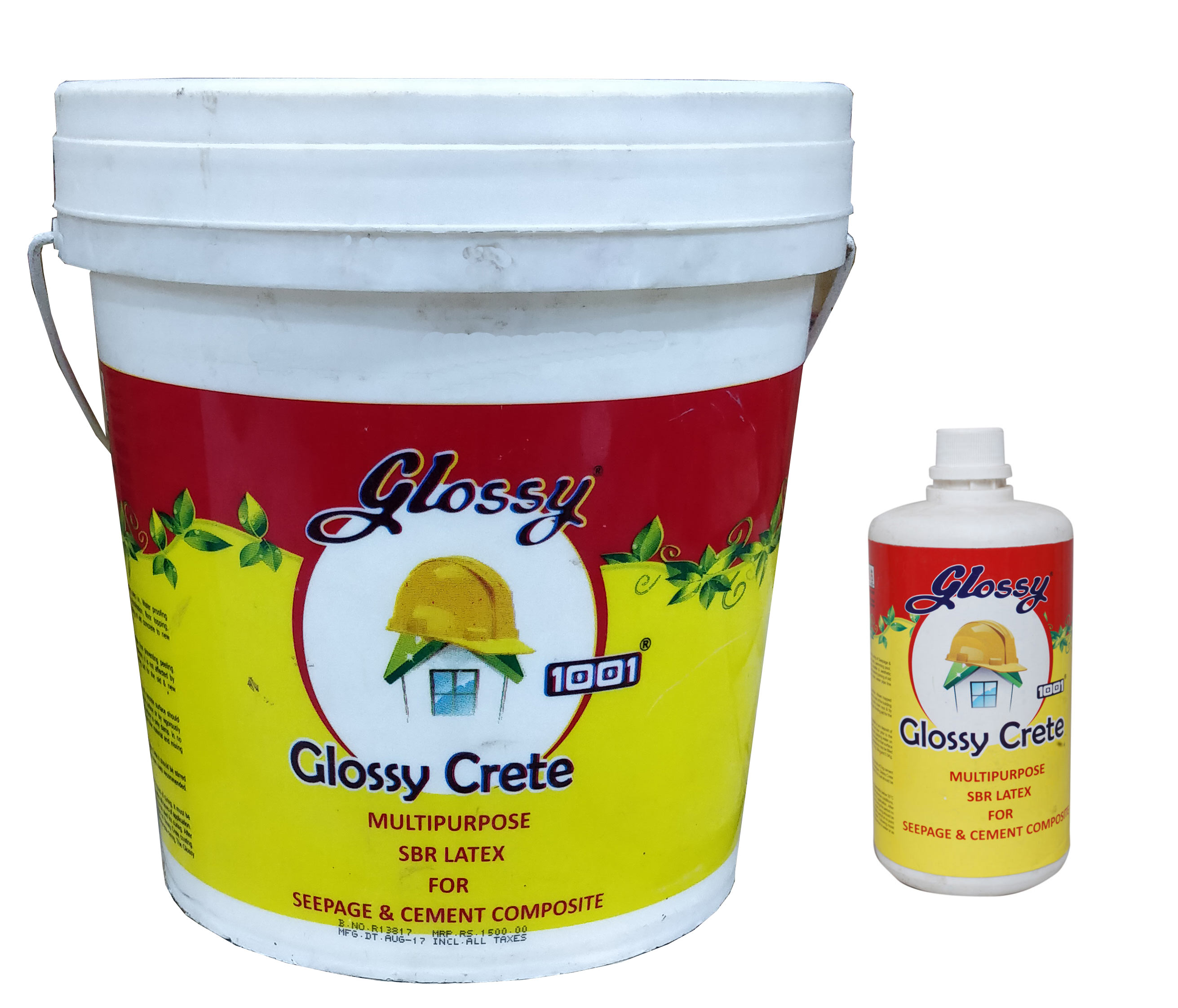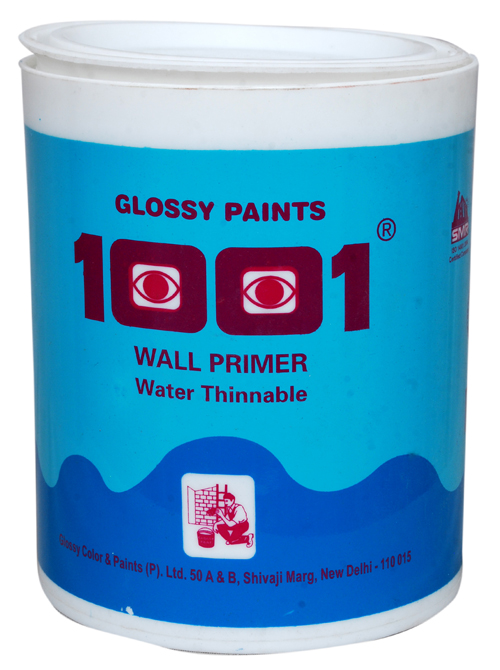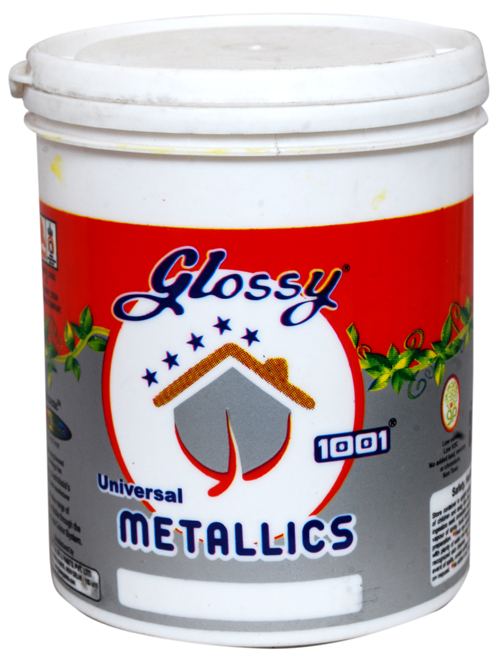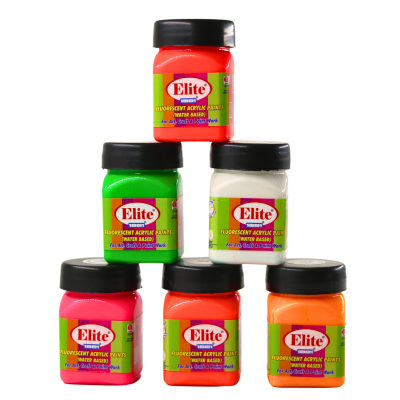COLOUR SCHEME (DECOR)
Create the feel that you want – choose your own colour scheme.
What colours will you pick for which room?
Decide for yourself but keep in mind these simple rules.
Size/Shape of a Room :
- Use paint tricks to make your room bigger or smaller.
- Light colours like pales and pastels lend space to a small room – they are airy and seem to “fade” the walls into a distance and “stretch” a low ceiling upwards.
- Bold colours are friendly and bring objects closer to create a cozy feel.
- Contrast and match – square up a long narrow room by painting the short walls in a bold colour and the long walls in a neighboring pastel.
Lighting :
- Do you have a lot of light in your room, natural or artificial?
- Cut down on glare by using dark shades.
- If you live in a warm climate, plan your colour scheme around the colours of water and trees.
- Low-lit spaces need sunshine or warm shades to brighten them up.
Function :
- You relate to your bedroom and your office in different ways.
- But whether you are at home or work, too many random colours in a scheme can be overpowering.
- While intense shades are bold and fun, they should be used to accent or punctuate neutral but cheerful colours.
- For instance a bold green can be teamed with a lighter yellow.
Furniture & Furnishings :
- Keep your furniture colour in mind – wood is also a colour!
- If you want to scale down a bulky sofa, put it against a wall of exactly the same shade.
- If you want to show it off, put it against a contrasting wall.
- To blend and yet preserve its identity, set it off against a colour with yellow tones – lime or yellow beige.
- Shades of white on walls can take the widest range of furnishings.
- On the other hand, light coloured furniture allows for the use of deep colours on walls.

